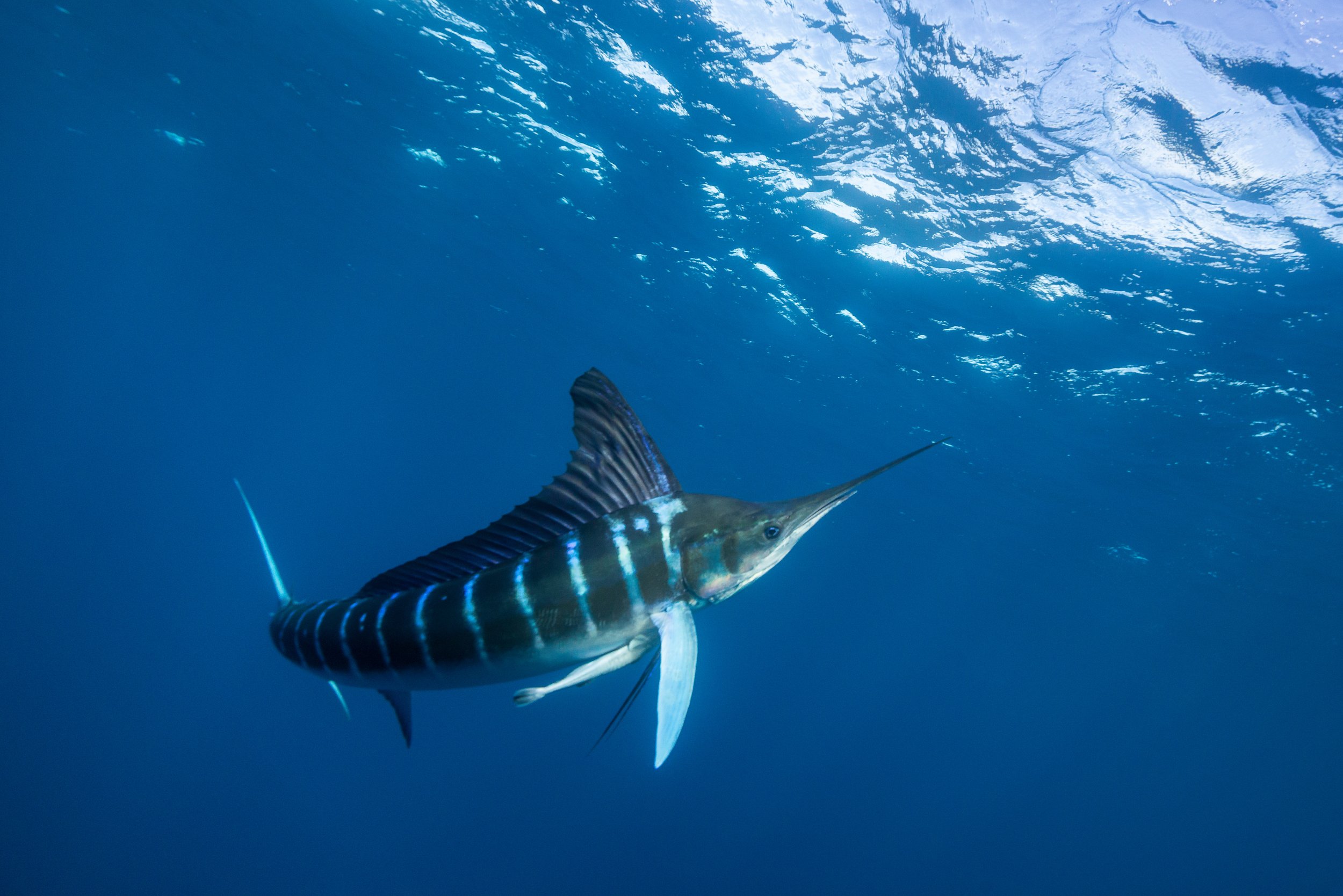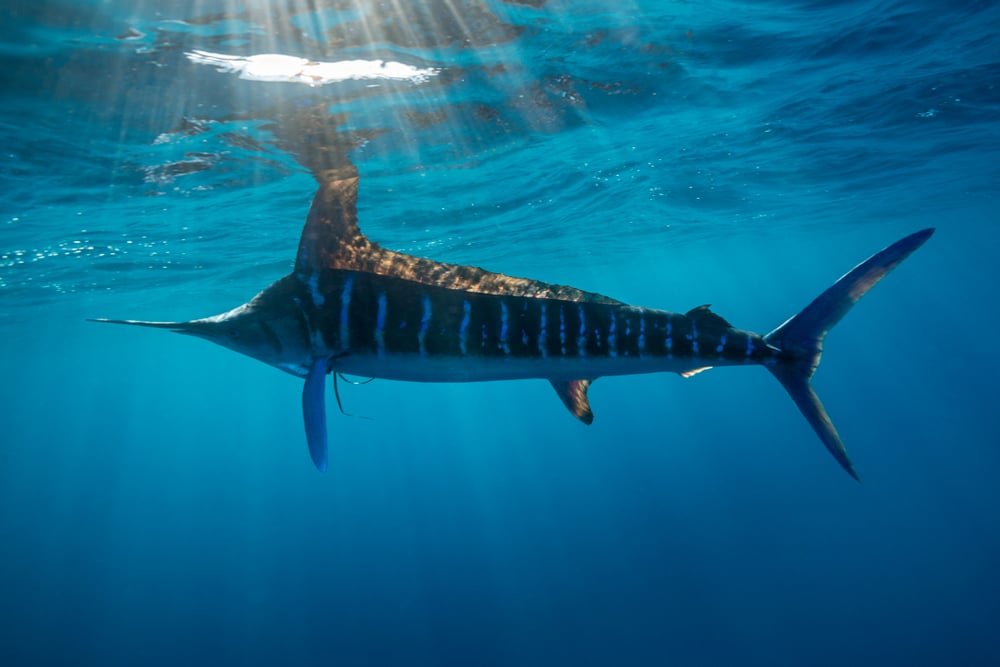
A Brief History of The Pacific Ocean Research Foundation
The sea has always been a source of food, transportation, and recreation for humankind. For many generations, the Pacific's pelagic fishes have formed the thriving bases of artisanal, commercial, and recreational fishing activities. However, severe declines in the worldwide catches of tunas and billfishes have created growing concern about their future and the future of the fisheries on which they are based. These dwellers of the surface layers of the world's oceans are very difficult to study. Still, research is vital to understand the causes of decreasing numbers and to develop solutions that will reverse these downward trends.
The Pacific Ocean Research Foundation grew out of an idea first proposed to Peter S. Fithian, founding father of the Hawaiian International Billfish Association, by John C. Marr, former director of the Honolulu Laboratories of the National Marine Fisheries Service, concerning the need for a research facility located in Hawaii that would concentrate on game fishes, and in particular, the billfish.
Thus, as it was first known, the Pacific Gamefish Foundation began its life in December 1975 when an international group of businessmen, led by Peter Fithian, met to discuss this idea and the future of the billfishes tunas and other game fishes of the Pacific. They saw the need to form an organization independent of the Government and set its agenda. The Pacific Gamefish Foundation was duly formed, its founding principles being "Education, Preservation, and Research." Over the years, the Foundation has changed to meet the present's needs, becoming the Pacific Gamefish Research Foundation, and more recently, the Pacific Ocean Research Foundation. As you will have noted on our logo, today's principles of "Preservation, Knowledge, and Management" still embrace the original ideals, and the Foundation works actively to achieve them.
One of the key issues which led to the formation of PORF was the pressing need for sound international management policies, which would ensure the wise and sustainable use of the highly migratory fishes throughout the Pacific. It was decided from the outset that the best way to achieve the ideals of the Foundation was to encourage, foster and facilitate scientific research on the fishes, which were the basis of sport fishing in the central Pacific, and in particular, the billfishes.
After an initial period based in a small office of the Oceanic Institute in Honolulu, followed by a brief stint operating from a mobile lab, a properly equipped laboratory facility was established near the pier at Kailua-Kona to take advantage of the weigh-ins of the charter fishing fleet, especially during the famous Hawaiian International Billfish Tournament. The present permanent laboratory facility was set up in 1984 and is ideally located at Honokohau Harbour, headquarters of the Kailua-Kona fishing fleet. Because of the combination of these factors and Hawaii's climate, PORF is one of the few scientific institutions in the world that can conduct year-round research on billfish, tuna, and other Pacific gamefish.
The PORF lab has attracted many scientists from all over the world (at last count, over 60) to conduct original research into the biology of the pelagic fishes. Some of the exciting work results are outlined in the next section, and a list of publications is also addended.
PORF has grown in reputation and stature, and In 1988, co-hosted with the National Coalition for Marine Conservation, the Second International Billfish Symposium, appropriately in Kailua-Kona. This conference was a watershed in billfish biology, fisheries science, and socio-economics. The published results form a vital link in the chain of our knowledge of the billfishes of the world, their fisheries, and their future. PORF is proud to have played an integral role in that process.
The Pacific Ocean Research Foundation
PO Box 4800
74-381 Kealakehe Pkwy, Suite C
Kailua-Kona Hawai'i 96740
